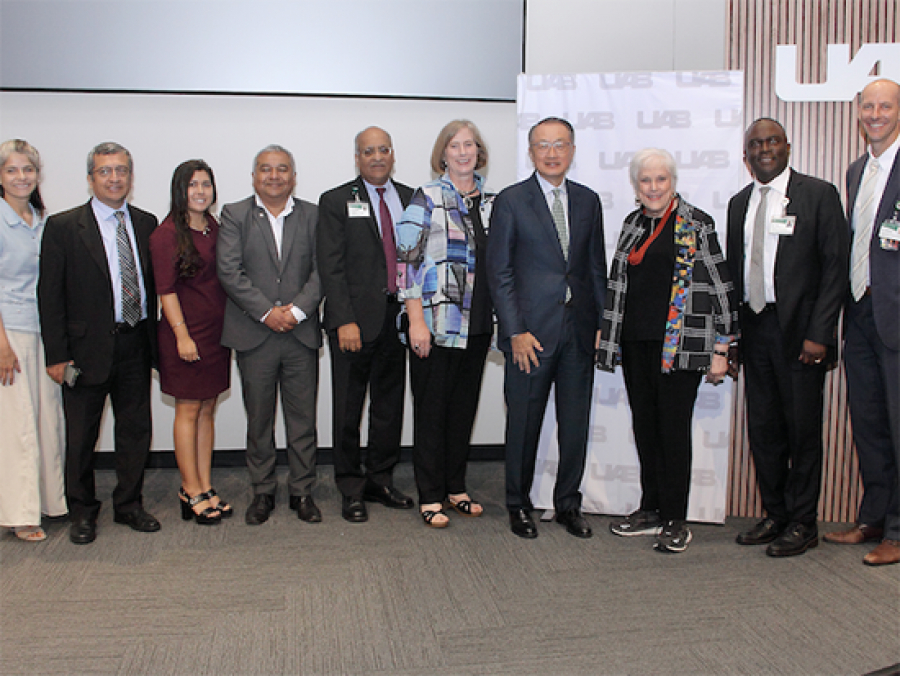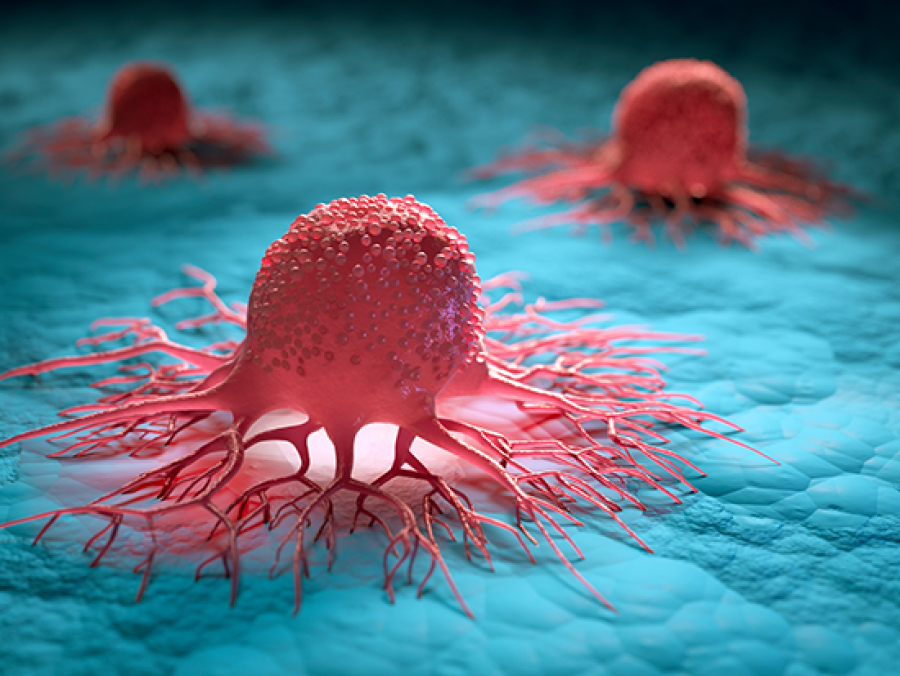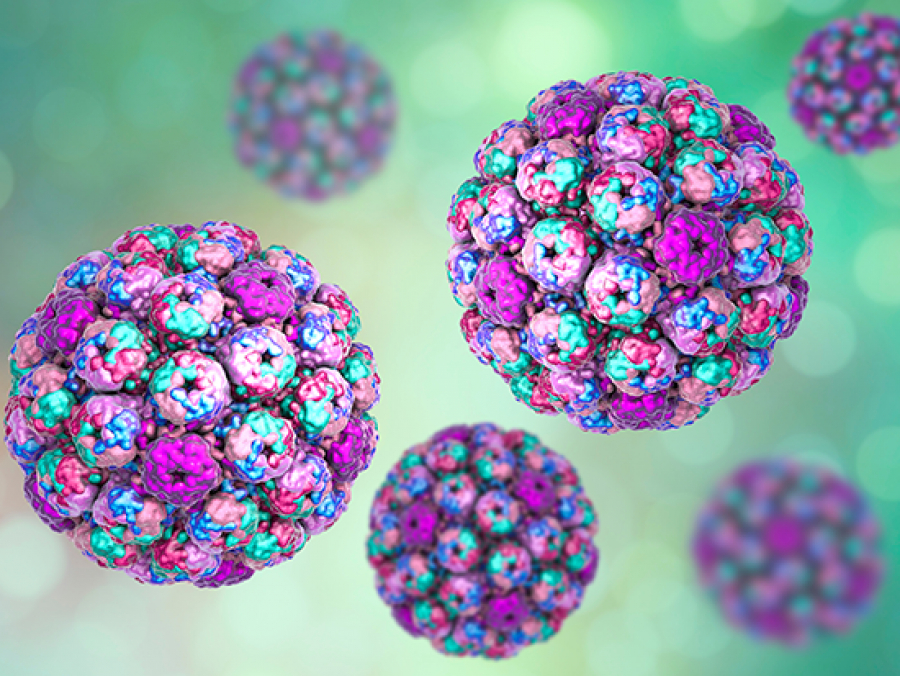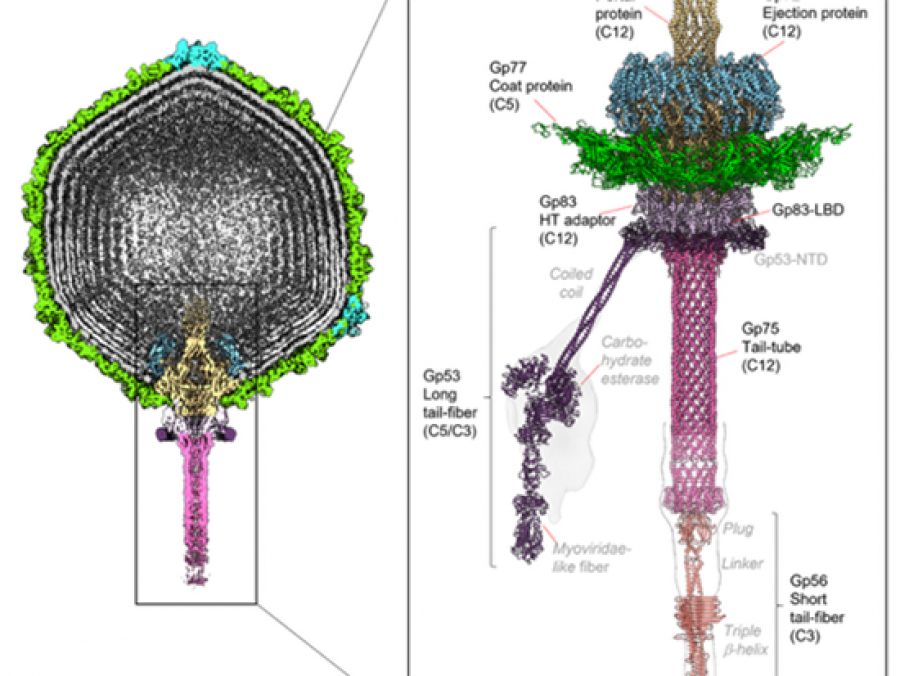Department of microbiology

A new study reveals how a bacterial gene and FIVAR-equipped proteins allow pneumonia bacteria to invade heart cells, causing severe cardiac damage.

The Blazer Bridge Fund encourages discovery among the UAB community by providing financial support to innovative ideas and inventions.

A study published in Nature Microbiology shows that SARS-CoV-2 triggers foam cell formation in lungs, contributing to long-COVID lung damage, which can be mitigated by early antiviral treatment with molnupiravir.

UAB researchers say this study shows passive antibody therapy can dramatically reduce Zika virus infection in critical tissues that could potentially lead to decreased transmission of virus through sex and from pregnant mothers to their babies.

Driven by a passion for discovery, a deep commitment to science and the support of his family, Joshua Huffines is graduating with a Ph.D. in microbiology.

Digestion is often thought of as a simple process confined to the stomach; but the reality is far more intricate, as one UAB researcher shares.

Tumor therapy with immune checkpoint blockers may be improved by fine-tuning Gfi1 in CD8+ T cells.

A UAB microbiologist unpacks the complex biology of rabies, highlighting how UAB researchers use molecular science to expose its vulnerabilities and explore new paths for treatment.

Taxonomy — classifying viruses into genus, species and so forth — has the power to affect public health

T-bet expression is required for persistence of memory B cells that have rapid differentiation potential to become antibody-producing plasma cells in response to a second infection.

Besides their normal role, pump overexpression confers drug resistance. Knowing the structure is a step to disabling the pumps with inhibitors.

UAB is a stronghold at finding patients for studies, but healthy controls were harder.

UAB’s new Lunaphore COMET multiplex immunofluorescent platform can hyperplex up to 40 antibodies on a single pathology tissue sample.

A UAB microbiologist provides insights into how bacteria are widespread on various surfaces, ultimately debunking the five-second rule.

This innovative program addresses global health initiatives and medical training in Peru with Partners in Health, known locally as Socios En Salud, in Lima, Peru.

The regulator HIF1α functions in a cancer-microenvironment that lacks oxygen, and it may be involved in resistance to immune checkpoint blockade therapy.

Michael Niederweis, Ph.D., and Cynthia Owsley, Ph.D., who collectively hold 23 patents, have been recognized for approaches to DNA sequencing and detection of impaired dark adaptation, respectively.

There are no effective antivirals against BK polyomavirus in transplanted kidneys. A better understanding of its replication will offer new ways to protect those kidneys.

A UAB gut health researcher shares five tips to help you maintain a healthy gut while enjoying holiday meals and treats.

Bacterial viruses, known as phages, are the most abundant biological entities on the planet and are increasingly used as biomedicines to eradicate antibiotic-resistant pathogenic bacteria.
Page 1 of 3